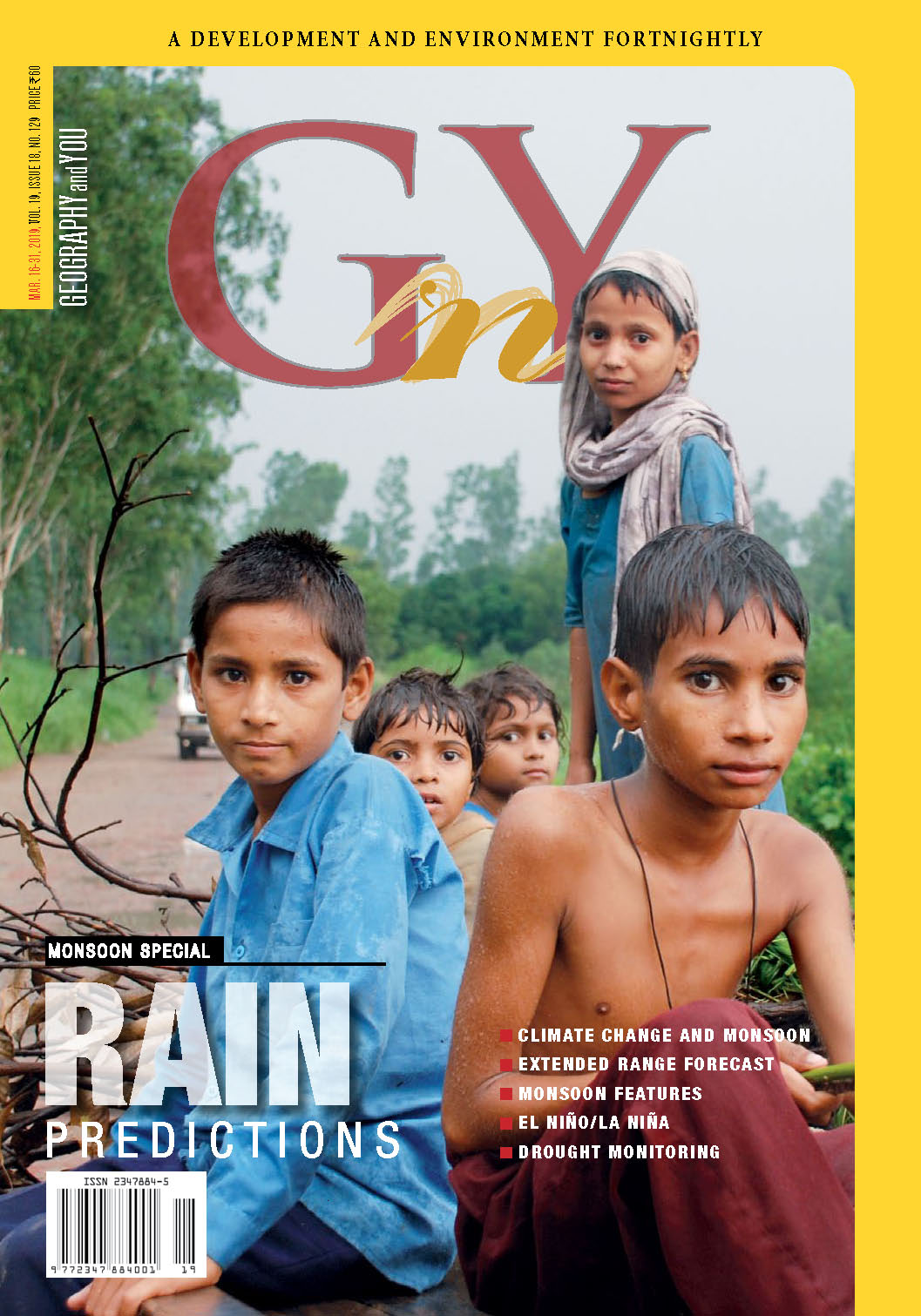
Expert Panel
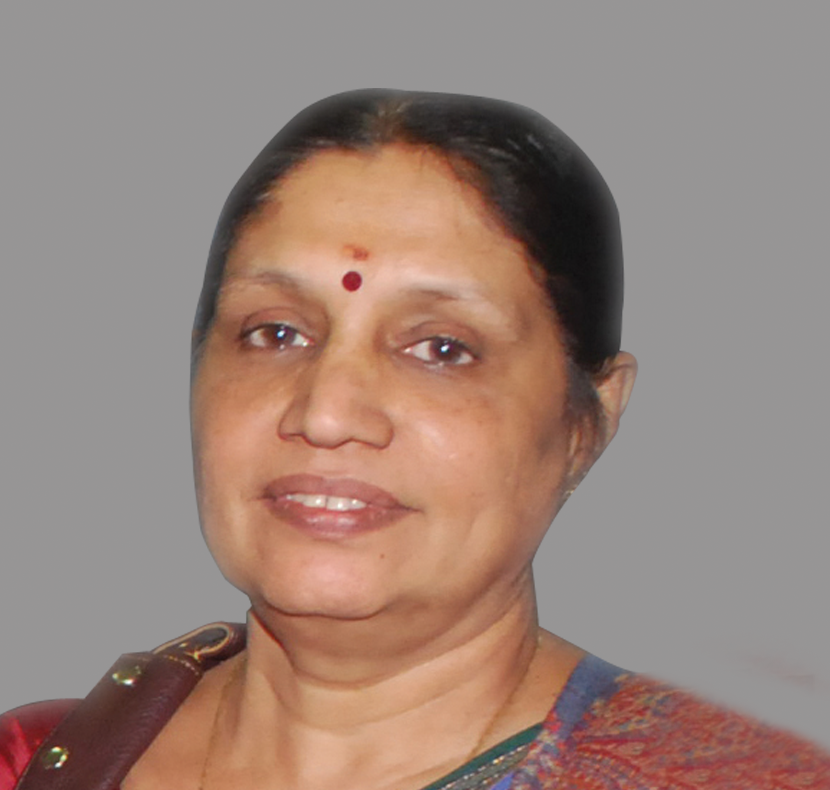
Former Chairperson, National Biodiversity Authority, Chennai.
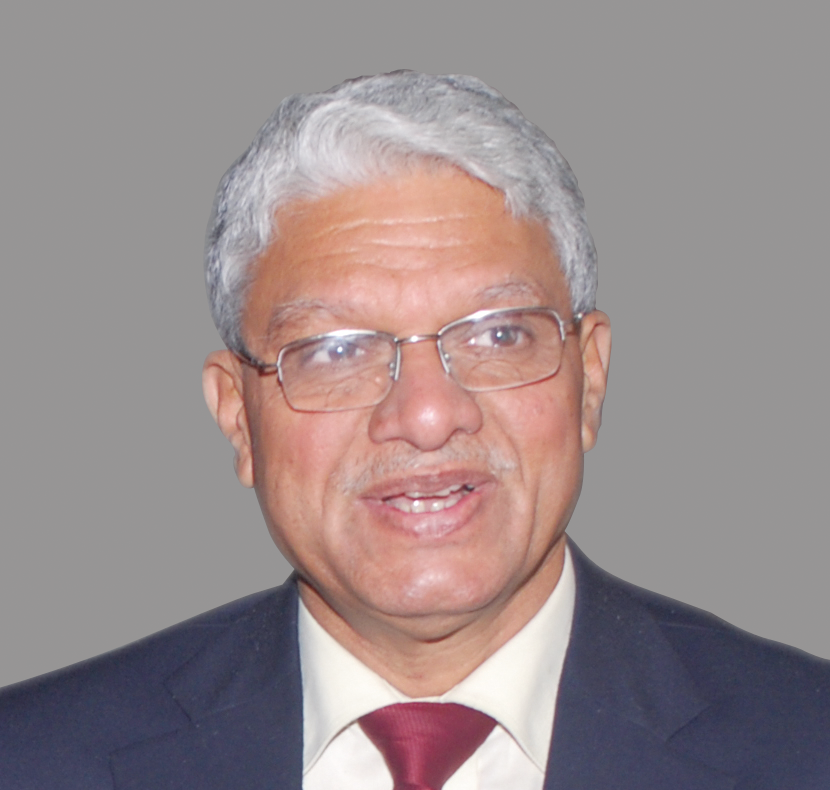
Air Vice Marshal (Retd) Former DG, India Meteorological Department (IMD), New Delhi
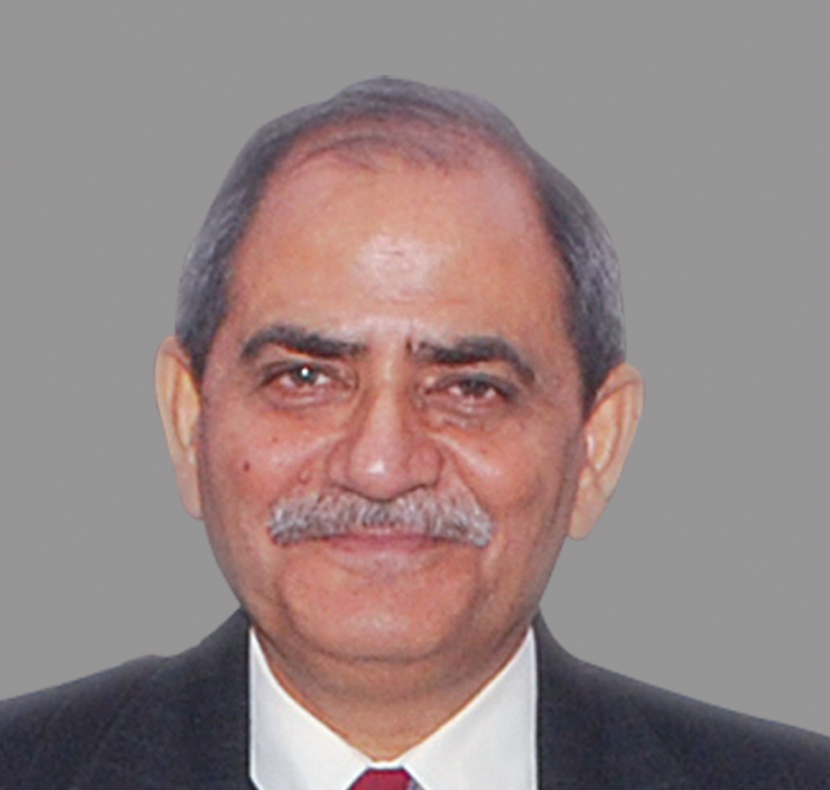
Geologist and Secretary General, 36 IGC, New Delhi.

Former Professor, CSRD, Jawaharlal Nehru University, New Delhi.
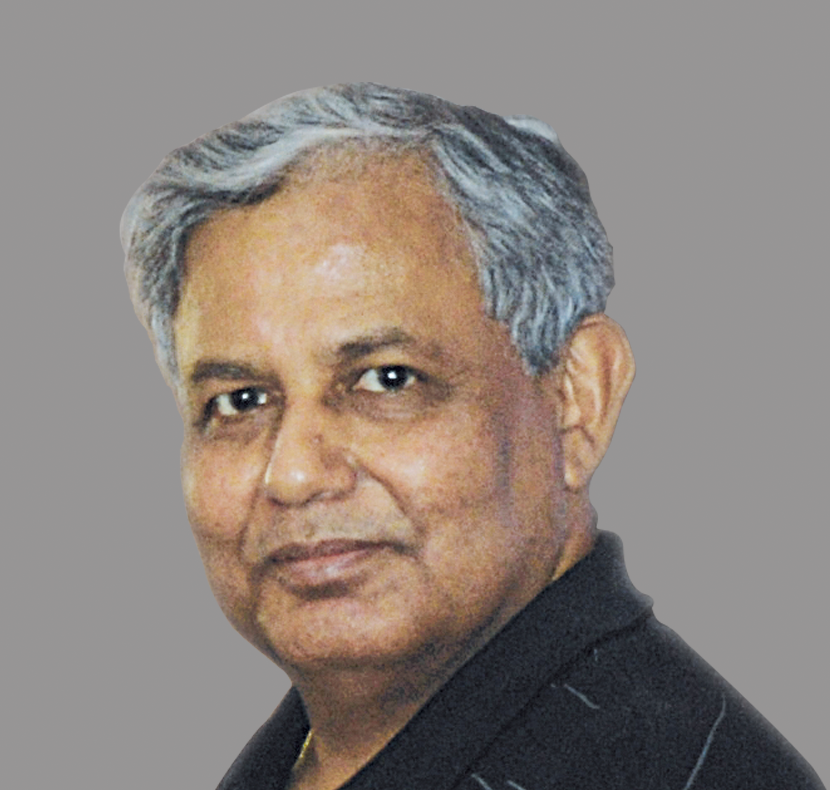
Former Vice Chancellor, MG Kashi Vidyapeeth, Varanasi

Former Member Secretary, Central Pollution Control Board, New Delhi.

Former Professor, Jawaharlal Nehru University, New Delhi

Chief Executive, ACRA, Noida, Uttar Pradesh.
Inside this issue
Rain Predictions
A decrease in monsoon precipitation has been observed from 1951 to 2015, especially in the west coast and central parts of India. Models simulate that the trend is expected to continue till 2050, after which it shall begin to recover.
Every year, India looks expectantly towards the southwest monsoon for its annual water requirements. An array of forecasting systems has been developed overtime by the India Meteorological Department to achieve optimum accuracy in predictions.
Predicting wet or dry spells on a large scale, three to four weeks prior to its onset, is essential for agriculture and hydrology. Improved understanding of ocean and atmospheric interactions and innovation in forecast models in recent years have led to better predictions.
The southwest monsoon begins its long journey from the high-pressure region of Mascarenes High, veering slowly towards the Indian subcontinent. During their course, they are influenced by a host of oceanic and topographical factors.
High resolution weather forecast, satellite derived products, expert knowledge and new technologies in preparation and advisory dissemination have strengthened the decision making ability of farmers. It has also helped reduce losses by timely adaptive measures, enhancing the food security of India.
The monsoon varies over intra-seasonal, inter-annual and multi-decadal time-scales—with the inter-annual variability being the most relevant to the season. Droughts and floods associated with this variability adversely impact agriculture, water resources and eventually, the Indian economy.
Drought, being a natural disaster, debilitates human societies and ecosystems, albeit gradually and over large periods. Accurate prediction of timing, location, severity and pattern may mitigate its impact.
IN CONVERSATION WITH
K J Ramesh, the Director General of the India Meteorological Department, Government of India.
In brief
The monsoon is not unique to India. Countries close to India, that heavily rely on it like us are—Bangladesh, Pakistan, Sri Lanka and Myanmar, as also countries such as Vietnam, Thailand, Cambodia and Laos. Interestingly, the monsoon phenomenon is experienced in distant North American countries to
Agriculture remains one of the most important sectors of the Indian economy with 60 per cent of the net sown area being classified as rainfed—heavily dependent on the monsoon. Such is the importance of this phenomenon, that concerns over the performance of monsoon have been articulated by the form

